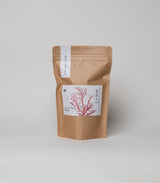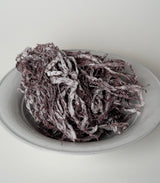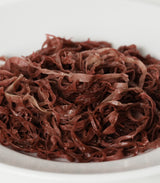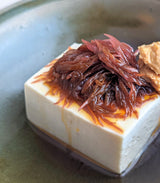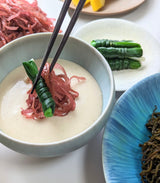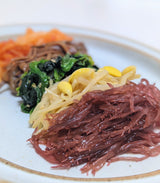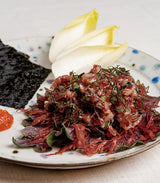Product Characteristics
The jiggling excitement of chewy - gelatinous texture change !


Using Mirin's Distinctive Texture as Its Key Culinary Feature
Top 3 Reccomended Recipes


Recipes
Mirin Namul
Dried Mirin Seaweed
Click here for more recipesCulinary Development / Chef Shui Ishizaka
How to use recommended
Delicate seaweed whose presence in the culinary world is long overdue


Starts with a soft crunch, softening further to unify with accompanying flavors
“He couldn’t believe that Mirin was being served in Tokyo”

For detailed information









